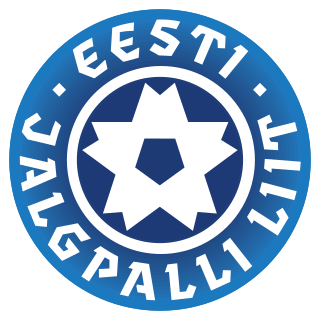
The Scout movement, also known as Scouting or the Scouts, is a voluntary non-political educational movement for young people. Although it requires an oath of allegiance to a nation's leaders and, in some countries, to a god, it otherwise allows membership without distinction of gender, race or origin in accordance with the principles of its founder, Lord Baden-Powell. The purpose of the Scout Movement is to contribute to the development of young people in achieving their full physical, intellectual, emotional, social and spiritual potentials as individuals, as responsible citizens and as members of their local, national and international communities. During the first half of the twentieth century, the movement grew to encompass three major age groups for boys: Cub Scout, Boy Scout and Rover Scout. In 1910, the Girl Guides was created, encompassing three major age groups for girls: Brownie Guide, Girl Guide and Girl Scout and Ranger Guide. It is one of several worldwide youth organizations.

The World Association of Girl Guides and Girl Scouts is a global association supporting the female-oriented and female-only Guiding and Scouting organizations in 152 countries. It was established in 1928 in Parád, Hungary, and has its headquarters in London, England. It is the counterpart of the World Organization of the Scout Movement (WOSM). WAGGGS is organized into five regions and operates five international Guiding centers. It holds full member status in the European Youth Forum (YFJ), which operates within the Council of Europe and European Union areas and works closely with these bodies.

The Estonia national football team represents Estonia in international football matches and is controlled by the Estonian Football Association, the governing body for football in Estonia. Estonia's home ground is A. Le Coq Arena in Tallinn.

Estonian Scout Association is the primary national Scouting organization of Estonia, became a member of the World Organization of the Scout Movement in 1996. The coeducational Eesti Skautide Ühing has 1,337 members as of 2011.

The Scout movement in Germany consists of about 150 different associations and federations with about 260,000 Scouts and Guides.

Bandalag íslenskra skáta is the national Scouting and Guiding organization of Iceland. Scouting was founded in Iceland in 1912 and was among the earlier members of the World Organization of the Scout Movement in 1924. Guiding in Iceland was founded in 1922 and among the founding members of the World Association of Girl Guides and Girl Scouts.

Monaco has one of the world's smallest national Scouting and Guiding organizations, the Association des Guides et Scouts de Monaco (AGSM). The association has about 84 members. Its headquarters is located in the presbytery of the Sacred Heart parish church in Moneghetti.
The Estonian resistance movement was an underground movement to resist the occupation of Estonia by Nazi Germany, 1941–1944 during World War II. Due to the unusually benign measures implemented in Estonia by the German occupation authorities, especially in contrast to the preceding harsh Soviet occupation of Estonia (1940–1941), the movement was slower to develop effective tactics on a wide scale than in other occupied countries.
Scouting in the United States is dominated by the 2.7 million-member Boy Scouts of America and the Girl Scouts of the USA and other associations that are recognized by one of the international Scouting organizations. There are also a few smaller, independent groups that are considered to be "Scout-like" or otherwise Scouting related.
The Scout and Guide movement in Australia consists of
The Scout and Guide movement in Estonia is served by
The Scout movement in the Philippines is served by
The Scout and Guide movement in Ghana is served by:
Scouting and Guiding in the United Kingdom is served by several different organisations:

The Estonian Defence League is the name of the unified paramilitary armed forces of the Republic of Estonia. The Defence League is a paramilitary defence organization whose aim is to guarantee the preservation of the independence and sovereignty of the state, the integrity of its land area and its constitutional order.

The Estonian Students' Society is the largest and oldest all-male academical student society in Estonia, and is similar to the Baltic German student organizations known as corporations. It was founded in 1870 at Tartu. It has over 900 members in Estonia and abroad.

This is a survey of the postage stamps and postal history of Estonia. The stamps of Estonia are issued by the postal administration Eesti Post which is the country's only provider of universal postal services.
The Estonian Writers Union, is a professional association of Estonian writers and literary critics.

An Estonian House is a center of Estonian culture, usually overseas. Numerous Estonian Houses were set up after the Soviet occupation of Estonia led to tens of thousands of Estonian people fleeing the war and the occupation and settling overseas.

The Scouts Battalion is a battalion of the Estonian Land Forces. It is a part of the 1st Infantry Brigade and acts as its rapid response unit. The battalion is currently based at Tapa and is commanded by Lieutenant colonel Eero Aija.













